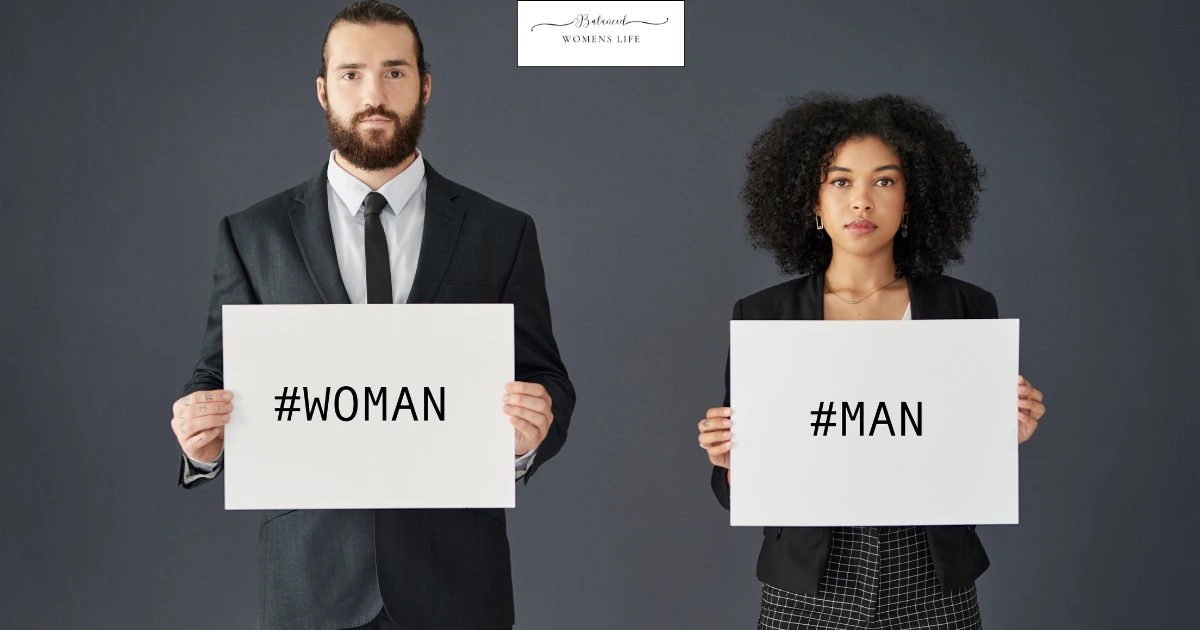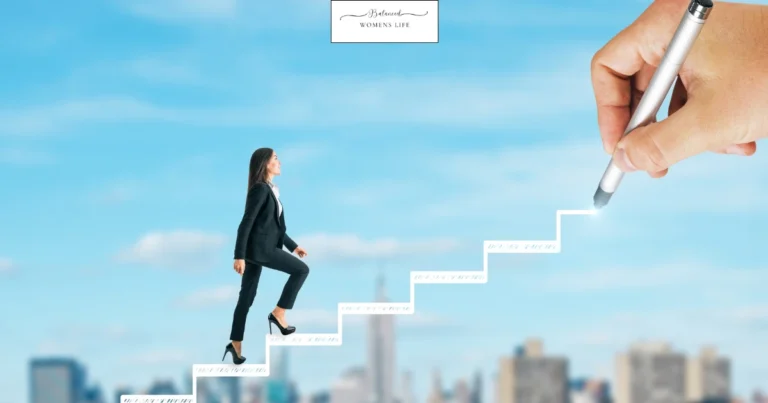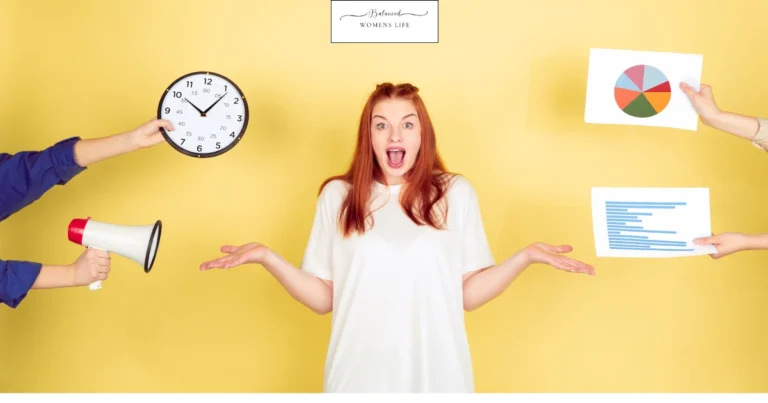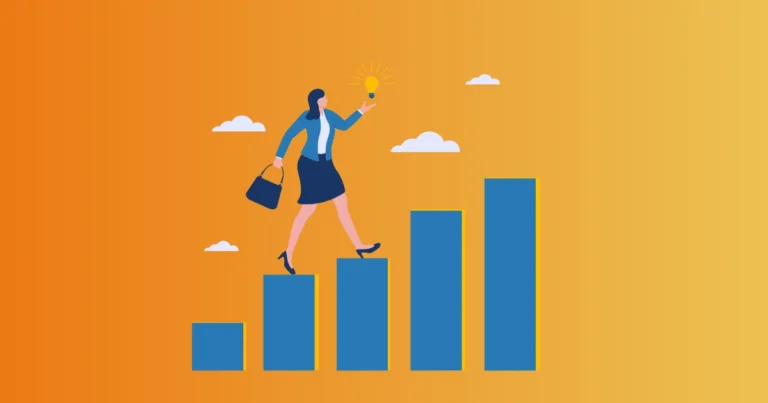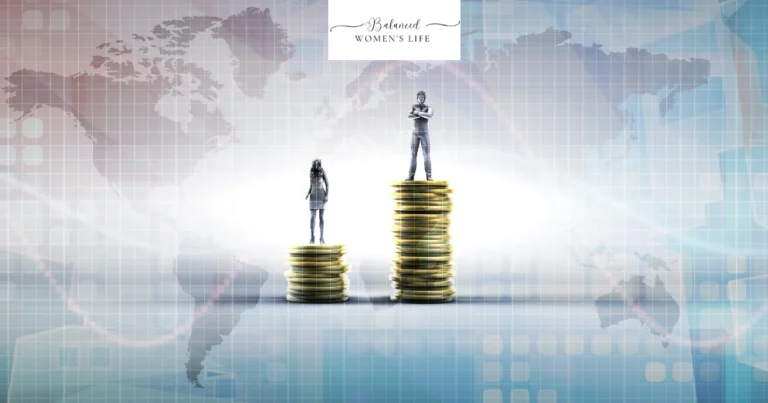Breaking Stereotyping: Change the Narrative Today!
Table of Contents
Stereotyping is a pervasive issue that affects individuals and society at large. It involves assigning generalized traits or behaviors to groups based on race, gender, age, religion, or other characteristics. While stereotyping simplifies our social world, it often leads to harmful assumptions, discrimination, and social division. This article explores the origins of stereotyping, its impact, and actionable strategies to challenge and change these narratives.
Understanding Stereotyping: What Is It?
Stereotyping refers to fixed, over-generalized beliefs about a group of people. These beliefs are often perpetuated through cultural narratives, media representation, and socialization processes. While stereotyping can sometimes stem from shared experiences, it ignores individual differences and oversimplifies complex identities.
The Role of Categorization in Stereotyping
Stereotyping is rooted in cognitive processes like categorization. Our brains naturally group people into categories to simplify information processing. However, this tendency can lead to unfair generalizations that fail to recognize individual uniqueness.
The Harmful Effects of Stereotyping
Stereotyping has far-reaching consequences for individuals and society. These effects can be broadly categorized into societal and individual impacts.
Societal Impacts
- Discrimination: Stereotyping fuels prejudice and discrimination, leading to inequalities in education, employment, healthcare, and more.
- Social Division: By creating “us vs. them” dynamics, stereotyping hinders social cohesion and mutual understanding.
- Hate Crimes: Negative stereotyping can incite violence and hostility against marginalized groups.
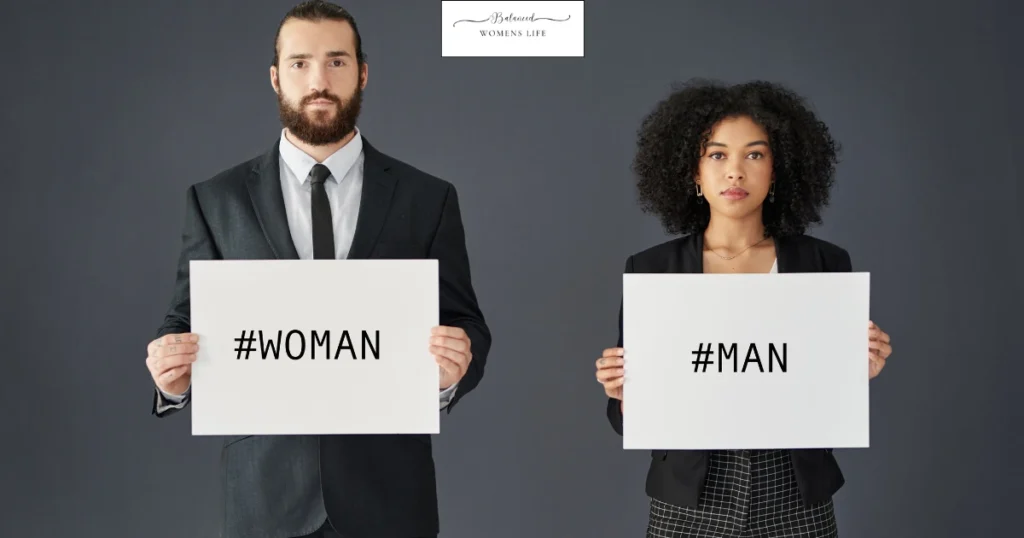
Individual Impacts
- Self-Doubt: Internalized stereotyping can diminish self-esteem and hinder personal growth.
- Stereotype Threat: Fear of confirming negative stereotypes can impair performance in academic or professional settings.
- Limited Opportunities: Stereotyping restricts access to opportunities for career advancement or leadership roles.
Positive Stereotyping: Are They Harmful?
Even seemingly positive stereotyping can have detrimental effects. For example:
- Pressure to Conform: Positive stereotyping creates unrealistic expectations that individuals may struggle to meet.
- Internalized Oppression: Those labeled as “less capable” may develop feelings of inadequacy due to comparison with positively stereotyped groups.
- Stereotype Threat: Fear of failing to uphold positive stereotypes can lead to self-sabotage or avoidance of certain activities.
Strategies to Challenge Stereotyping
Breaking the cycle of stereotyping requires collective effort at both individual and societal levels. Here are some actionable strategies:
1. Promote Inclusive Socialization Practices
- Educate children about diversity from an early age.
- Encourage exposure to different cultures through books, music, and media.
2. Foster Open Dialogue
- Create safe spaces for conversations about biases and stereotyping.
- Use workshops or seminars to educate communities about the harmful effects of stereotyping.
3. Highlight Positive Role Models
- Showcase individuals who defy stereotyping in various fields.
- Celebrate achievements that challenge preconceived notions about specific groups.
4. Advocate for Diversity in Media
- Push for accurate representation of marginalized groups in movies, TV shows, and advertisements.
- Support creators who prioritize inclusivity in storytelling.
5. Engage in Self-Reflection
- Examine your own beliefs and biases.
- Challenge assumptions by interacting with individuals from diverse backgrounds.
Statistics on Stereotyping
- Approximately 99% of Fortune 500 companies have faced lawsuits related to discrimination since 2000.
- Studies show that stereotype threat significantly impacts academic performance among marginalized groups.
- Positive stereotyping can lead to decreased motivation and self-doubt in individuals striving to meet unrealistic expectations.
Table: Negative vs Positive Stereotyping
| Type of Stereotyping | Description | Harmful Effects |
|---|---|---|
| Negative Stereotyping | Assumptions that portray groups as inferior or less capable | Discrimination, social division, limited opportunities |
| Positive Stereotyping | Assumptions that portray groups as superior or more capable | Pressure to conform, internalized oppression, stereotype threat |
FAQ About Stereotyping
Q: What is stereotyping?
A: Stereotyping involves assigning generalized traits or behaviors to groups based on characteristics like race, gender, or age. These assumptions often ignore individual differences.
Q: How does stereotyping affect individuals?
A: It can lead to self-doubt, reduced performance due to stereotype threat, and limited access to opportunities for personal growth or career advancement.
Q: Can positive stereotyping be harmful?
A: Yes, positive stereotyping creates unrealistic expectations that may lead to pressure to conform, self-doubt, or avoidance of certain activities.
Q: How can we challenge stereotyping?
A: Promote inclusive education, foster open dialogue about biases, advocate for diversity in media representation, highlight role models who defy stereotyping, and engage in self-reflection.
Conclusion: Changing the Narrative Today
Breaking the cycle of stereotyping requires awareness, education, and action. By understanding the origins of stereotyping and its harmful effects on individuals and society, we can take meaningful steps toward fostering inclusivity and equity. Whether through promoting diversity in media or engaging in self-reflection about our biases, every effort counts toward creating a world where people are valued for their individuality.
Let’s change the narrative today by challenging assumptions and celebrating diversity—because everyone deserves the opportunity to thrive without being defined by a stereotype.
Citations:
[1] https://cpp.numerev.com/articles/revue-25/1128-le-role-des-stereotypes-nationaux-dans-les-interactions-interpersonnelles-et-intergroupales
[2] https://www.persee.fr/doc/litt_0047-4800_1989_num_73_1_1473
[3] https://www.apa.org/pubs/journals/features/cbs-43-3-161.pdf
[4] https://ressources-socius.info/index.php/21-lexique/201-stereotype
[5] https://journals.openedition.org/reperes/884?lang=en
[6] https://habilomedias.ca/litteratie-numerique-education-aux-medias/enjeux-des-medias/representations-des-sexes/lutte-contre-les-stereotypes-pour-le-changement
[7] https://philpapers.org/archive/lawsas-2.pdf
[8] https://www.cairn.info/load_pdf.php?ID_ARTICLE=COMLA_165_0107&download=1&from-feuilleteur=1
Réponse de Perplexity: pplx.ai/share

